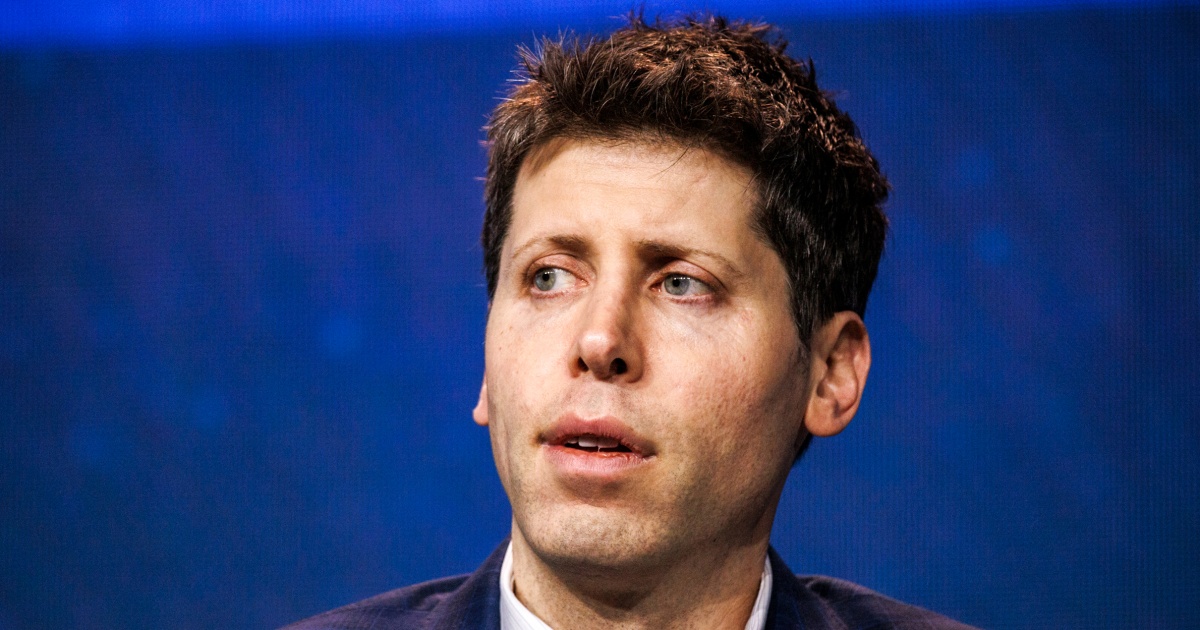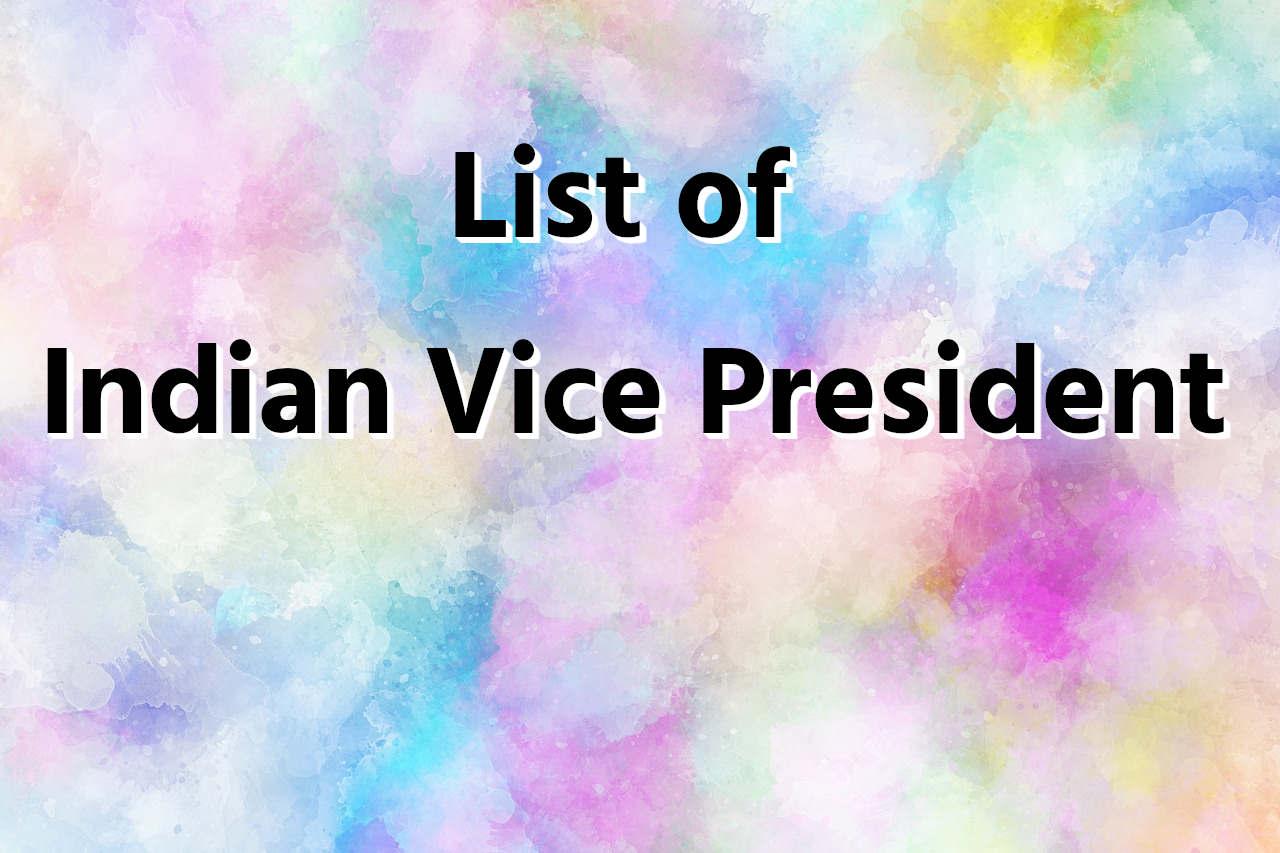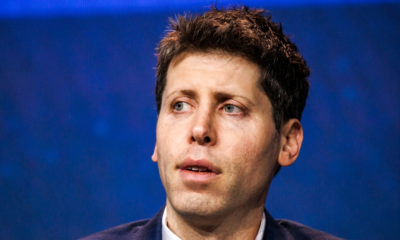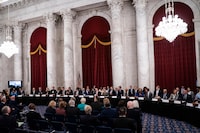Tech News
Capitalizing on technology budgets: A CIO’s story – CIO

In today’s competitive business setting, enterprises are constantly under pressure to maintain profitability amid challenging economic conditions. While traditional approaches to bridging the profitability gap, like layoffs and budget cuts, can harm company culture, an innovative and practical alternative is capitalizing on technology budgets.
By leveraging data-driven methods, businesses can optimize and reclaim operating capital from their extensive technology budgets, reducing expenses without resorting to drastic measures.
Advice from finance leaders often casts a negative shadow on non-finance leaders in budget decisions and planning. However, it’s important to remember that headcount and budget cuts are not the only strategies to streamline costs. Capitalizing on technology budgets presents a viable solution. This strategy enables Chief Information Officers (CIOs) to reduce costs without resorting to layoffs or budget cuts while retaining staff and continuing projects that might be axed.
Tech and tech-adjacent expenditures, including categories like Customer Relationship Management (CRM), cloud and data services, billing, software, network storage, business process outsourcing, telecommunications services, and data center technology, represent significant expenses. This pool is ripe for reduction, resulting in substantial savings.
Recently, I had an in-depth conversation with Tracy Mozena, the CIO of Atlantic Aviation, who shared her journey in navigating technology budgets. Atlantic Aviation, a leader in aviation ground support services, is a compelling case study illustrating the significant financial benefits that organizations can reap from capitalizing on technology budgets.
Tracy ran IT for a management company that owned five businesses and made technology decisions for the group of companies to benefit from economies of scale. The impact of the COVID pandemic triggered the divestment of all those companies, and Atlantic Aviation was the second to last entity sold and acquired by KKR. Tracy came along with Atlantic Aviation after that transaction.
Technology decisions made for the combined five companies weren’t necessarily the best strategy moving forward for Atlantic Aviation after its divestiture. They brought in Deloitte to evaluate the situation, which, after their analysis, recommended quite a bit of outsourcing. Tracy’s team of around 30 people couldn’t support that model.
Atlantic Aviation’s CFO brought in AIQ, whom he had worked with in the past, to evaluate their technology expenditure. Atlantic Aviation’s procurement team, which consists of only two people, is focused mainly on purchasing fuel — the business’ most considerable cost — not on IT. This move deepened Tracy’s initial concern about changing too much too fast. However, she was consistently impressed with AIQ’s data-driven process and the significant cost savings they drove. It convinced her that there was potential for substantial savings. It was encouraging that a small number of technology categories considerably impacted expense savings.
AIQ’s engagement with Atlantic Aviation encompassed a high-level assessment of technology expenditure, identification of technology categories with the highest potential savings, executing numerous procurement auctions, and delivering negotiated contracts ready for execution. Tracy appreciated that cost wasn’t the only focus, but also SLAs and support. She needed to consider the ability of her small team to support and roll out any changes. AIQ even helped them find the right partner at the right price and level of support. Tracy thought the results were remarkable:
Atlantic Aviation’s story underscores several vital points:
When I asked Tracy what advice she would give other CIOs, she said, “Be open to using a company like AIQ. Don’t be resistant to opening up your contracts and costs to inspection. Things change so fast in tech that a decision you made even two years ago might be worth evaluating as competition and pricing dynamics change quickly. Also, you must be willing to do the work after all the negotiations because changing technology in an enterprise is hard work and time-consuming. Don’t bite off more than you can chew.”
By following Atlantic Aviation’s lead and implementing a data-driven approach to technology budget capitalization, enterprises can achieve significant cost savings without sacrificing quality or service. This approach can free up capital for strategic investments that drive growth and profitability.
David Mario Smith is founder and principal analyst at InFlow Analysis. Dave is a Gartner veteran of over 16 years and an IT industry professional with 20 years of experience in the collaboration and workplace technology markets, having helped thousands of enterprises with their collaboration and workplace strategies. Dave’s career spans from being a senior analyst at Gartner to research director and lead analyst at Aragon Research.
Sponsored Links
Tech News
Mechanical Engineering Outstanding Senior 2024: Spencer Macturk – Virginia Tech

Alex Parrish
view all
view all
view all
view all
view all
Virginia Tech demonstrates impact as a global land grant – progressing sustainability in our community, through the Commonwealth of Virginia, and around the world.
Get Directions
See All Locations
Contact Virginia Tech
For the media
© 2024 Virginia Polytechnic Institute and State University. All rights reserved.
Tech News
Biden administration taps tech CEOs for AI safety, security board – NBC News

Profile
Sections
tv
Featured
More From NBC
Follow NBC News
There are no new alerts at this time
The Department of Homeland Security established an advisory panel Friday to study how to protect critical infrastructure including power grids and airports from threats related to artificial intelligence.
The Artificial Intelligence Safety and Security Board, which has 22 initial members, includes high-profile figures in tech like OpenAI CEO Sam Altman, Microsoft CEO and chairman Satya Nadella and Alphabet CEO Sundar Pichai, according to a statement from the DHS.
President Joe Biden ordered the creation of the board in October when he signed a wide-ranging executive order on AI, representing the federal government’s first foray into trying to regulate the technology since advanced AI apps including OpenAI’s ChatGPT went viral in popularity.
The board’s mission includes developing recommendations “to prevent and prepare for AI-related disruptions to critical services that impact national or economic security, public health, or safety.”
AI experts have identified a wide array of potential security threats that the new technology could make possible, from swarms of autonomous drones to cheap and lethal bioweapons to more effective hacking threats against critical computer systems.
The government’s defense may involve using AI to fight AI, the DHS said.
“The Board will develop recommendations to help critical infrastructure stakeholders, such as transportation service providers, pipeline and power grid operators, and internet service providers, more responsibly leverage AI technologies,” the department said.
Homeland Security Secretary Alejandro Mayorkas said in a statement that AI “can advance our national interests in unprecedented ways” but that it also “presents real risks — risks that we can mitigate by adopting best practices and taking other studied, concrete actions.”
In addition to tech CEOs, the board includes the CEOs of Delta Air Lines, defense contractor Northrop Grumman and oil producer Occidental Petroleum, as well as Maryland’s Democratic Gov. Wes Moore, Seattle Mayor Bruce Harrell and the leaders of two civil rights organizations.
David Ingram covers tech for NBC News.
© 2024 NBC UNIVERSAL
Tech News
What is AI, how does it work and what can it be used for? – BBC.com
-

 General Knowledge2 years ago
General Knowledge2 years agoList of Indian States and Capital
-

 General Knowledge2 years ago
General Knowledge2 years agoList Of 400 Famous Books and Authors
-

 Important Days4 years ago
Important Days4 years agoImportant Days of Each Month
-

 General Knowledge2 years ago
General Knowledge2 years agoCountries and their National Sports
-

 General Knowledge3 years ago
General Knowledge3 years agoCountry Capital and Currency
-

 Important Days3 years ago
Important Days3 years agoHoli
-

 General Knowledge2 years ago
General Knowledge2 years agoList of Indian President
-

 General Knowledge2 years ago
General Knowledge2 years agoList of Indian Vice President















